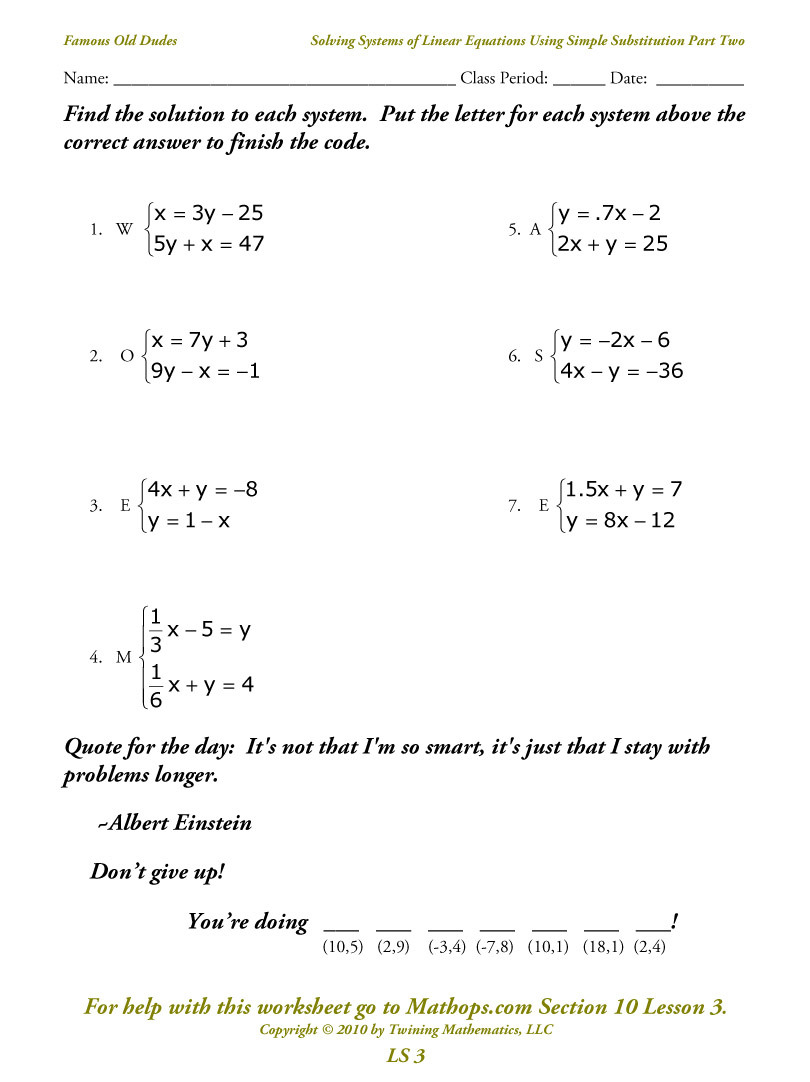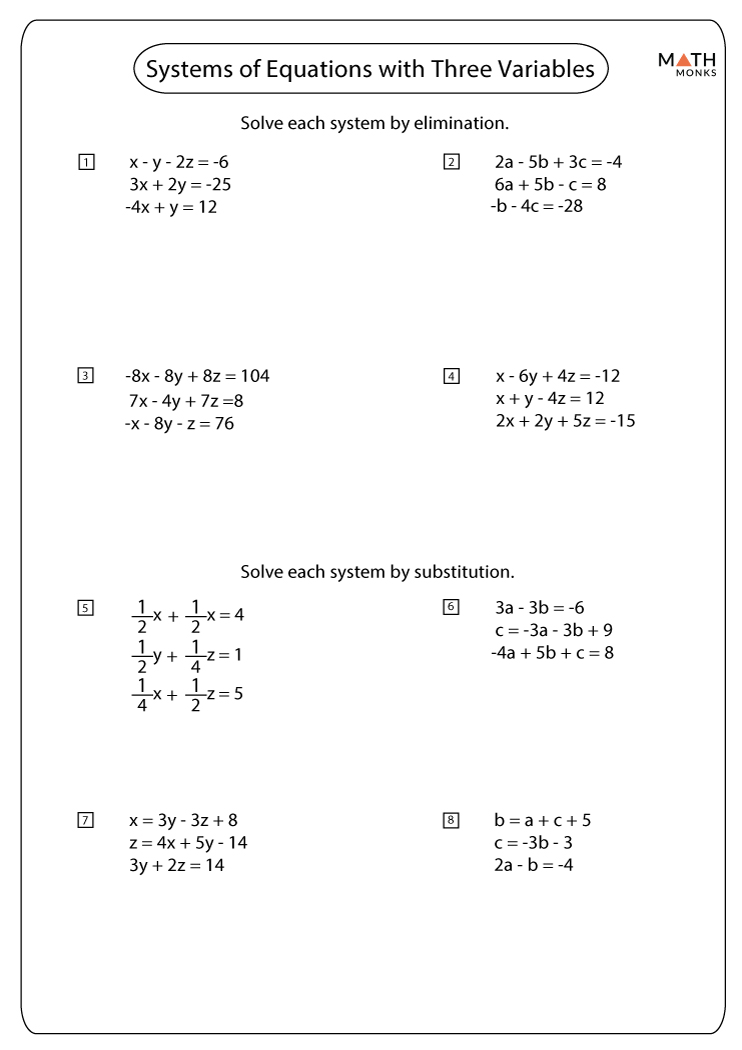
The overhead for doing (a) cannot be influenced by our decomposition algorithm. Necessary communication among processors therefore involves: (a) global reduction operations needed for iterative solvers and global time-step determination, and (b) neighbor-neighbor communication needed for finite-difference- and interpolation operators. Linear equation systems appearing during in the solution process are solved using preconditioned Krylov sub-space iterative solvers.

The applications of interest to us are computations of unsteady flows using finite-difference discretizations in geometries that might be dynamic. Stefan Nilsson, in Parallel Computational Fluid Dynamics 2000, 2001 2.3 What is a good decomposition scheme? Other parallelism can be extracted by the study of each algorithm. Some parallelism can be extracted according to Eqs. In the non-stationary iteration algorithms, the major calculation is the calculation of the matrix-vector product and the inner vector product. At the end of each iteration, each processor should also send its most recently calculated components of x to all the other processors. The Gauss-Seidel iteration requires more data communication: in the interval of each iteration it needs to send the data x ( 1 : i ) to other processors which are used to solve x ( k ), k > j. But after each Jacobi iteration, the most recent iteration x k ( i 1 : i 2 ) in each processor is broadcast to all the other processors. The Jacobi iteration can be easily made to run in parallel, in fact, it is similar to the matrix-vector product discussed above. See algorithms maximalIndependent_.m and maximalIndependents_.m presented in Section 1.5. To reveal the independence of the unknowns, the standard coloring algorithm in the graph theories can be used. These groups of x can then be solved in parallel. In A x = a, if A is sparse, several groups of x may be decoupled from each other. The parallel computations of many of these elementary matrix computations are supported by the computer hardware. Usually the parallelism in an algorithm can be revealed by the standard topological sorting algorithm in graph theories. Sometimes, the usual algorithm suitable for sequential computations must be reordered in order to reveal more parallelism. In an algorithm, parallelism can be extracted in different levels and areas of the algorithm. The efficiency of parallel computations depends on four factors: the distribution of computations among different processors, the processing speed of each processor, the amount of data that must be transmitted between different processors, and the speed of data communication between different processors.


Fortunately, the emergence of message passing interface (MPI) and a number of libraries handling data communications between different processors, computers, or clusters of computers hide the complexity of hardware configurations from the implementation of parallel computations.

Parallel computations intrinsically depend on the hardware configurations, shared memory, or distributed memory, etc. Routh, in Matrix Algorithms in MATLAB, 2016 5.7.2 Parallel Computationsīecause of the need to solve very large scale of sparse linear equation systems, parallel computations are becoming increasingly important.


 0 kommentar(er)
0 kommentar(er)
